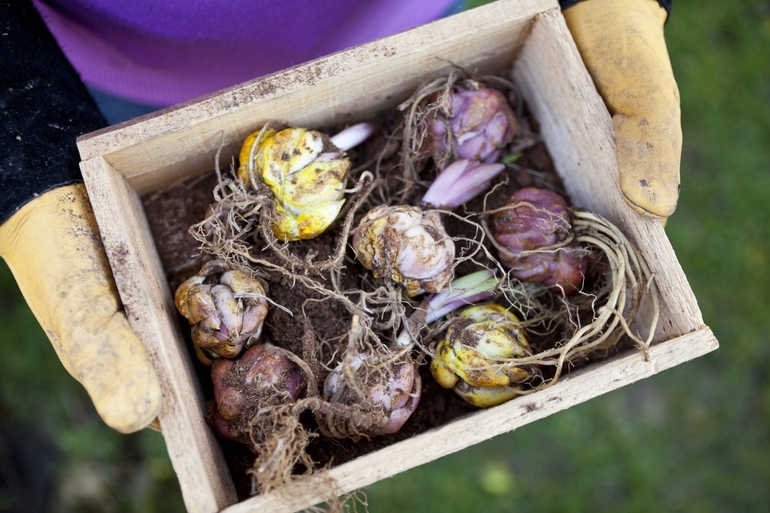In search of unique exotic plants for home growing you can pay attention to canna. Such a flower is characterized by an unpretentious character and graceful appearance. But in harsh conditions with severe winter frosts, culture can die quickly. To avoid this, you need to figure out how to store cannes in the winter at home.
Content
Digging Procedure
Every grower involved in the cultivation of tropical plants should know how to save cannons in the winter at home. Such a representative of the flora is not able to cope with negative winter temperatures, so any frost can lead to a fatal outcome - the death of flowers. To successfully protect the cannes from the effects of the cold, they need to be dug up in the fall and placed in suitable storage conditions until spring arrives.
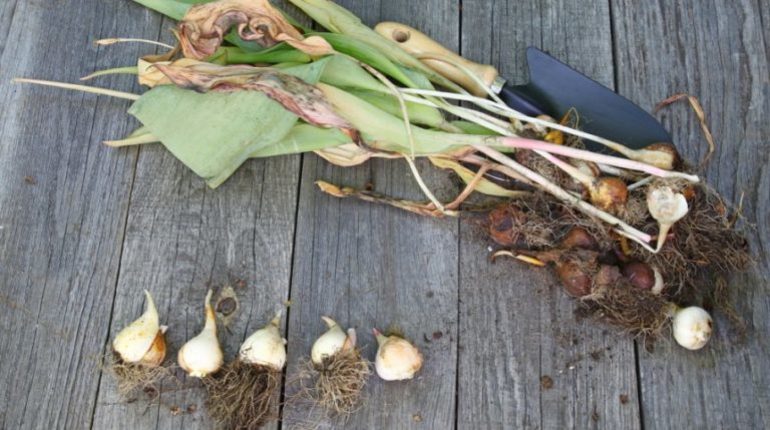
However, the procedure for removing culture from the land is mandatory only for residents of cold regions, because in the south with a maximum winter temperature of -5 degrees Celsius, you can protect the plant with spruce branches or a layer of needles. Before this, you need to trim the foliage and flower-bearing elements.
If the values of winter frosts are more intense and fall below -6 degrees Celsius, digging is a prerequisite. And it is important to have time to realize such an action before the arrival of the first night frosts. Otherwise, the root system of the cannon will freeze and undergo putrefactive processes. In middle latitudes, the culture is taken out of the soil in the second decade of September. And in the north they do it already at the end of summer. Harvesting before wintering is one of the key requirements for successfully growing cannes.
 You may be interested in:
You may be interested in:Winter storage is carried out in the following ways:
- In wooden structures located in the cellar or basement. In this case, the flowers are stored in the form of grown roots.
- In the refrigerator.
- In a flower pot on the windowsill.
- As a houseplant.
This action is carried out in dry sunny weather, carefully digging the tubers with a shovel. It is important to take special care, otherwise you can damage the fragile root system of the culture.
Cellar storage
Each florist brings great joy to the lushly blooming canna. And storage for the winter is one of the key stages in the cultivation of such an exotic plant. If we consider the option of maintaining the culture in the cellar, then we must responsibly approach the preparation of this event, which consists in the following:
- Checking the cellar for compliance with certain requirements.
- The removal of tubers from the soil.
- Moving dug flowers to a storage location.
You can store colorful flowers not only in the cellar, but also in the basement. In this case, it is important to take care of the following conditions:
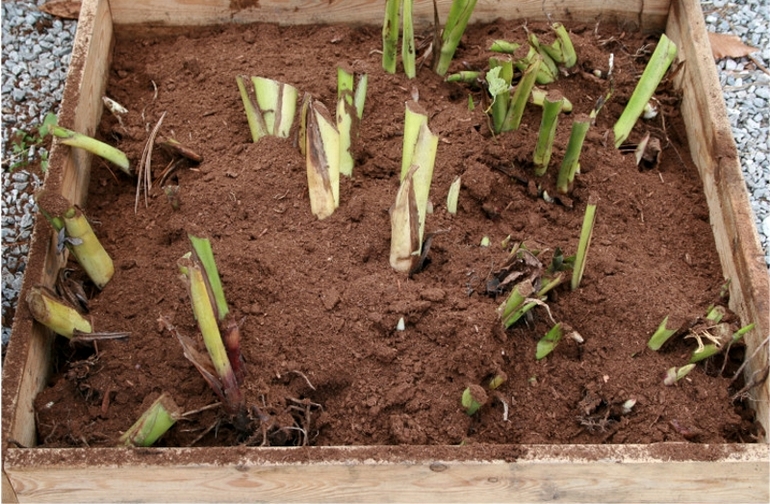
- Stable temperature, which does not fall below zero.
- The humidity level is 90–95 percent.
- Reliable protection against mold and infections.
- The cleanliness of the room.
- Free access to plants to check their condition.
If at least one of these points is not observed, further maintenance of exotic flowers may be in jeopardy. The most dangerous pest for such luxurious plants is mold.It is characterized by the property of rapidly spreading throughout the territory, attacking the root system of culture. To get rid of mold, just stick to this scheme:

- It is necessary to take out all unnecessary things and objects from the cellar, and then carefully remove the mold with a scraper from the walls and flooring.
- Any rotten boards need to be replaced with new ones.
- Walls should be coated with plaster and antifungal paint. Then you need to wait until the coloring composition has dried thoroughly.
- To prevent the appearance of new mold, you must regularly monitor the condition of the cellar, as well as remove any formations through copper sulfate or any other antifungal agent.
- Preventive measures consist in regular cleaning of the premises before the introduction of vegetables and plants, as well as warming up in intense frost.
Plant preparation
Cannes should be prepared for the upcoming wintering immediately after the first frost arrives, that is, at the end of September or the beginning of October, depending on weather conditions in a particular region. To carry out such a procedure, it is necessary to carefully cut the stems, leaving about 10-15 centimeters. Then the plants need to be kept in the ground for several more days, abundantly processing the cut sites with fungicide. This preventive measure will protect the culture from the appearance of various diseases.
 You may be interested in:
You may be interested in:Next, the tuber needs to be dug from the ground, cleaned of soil residues and placed under a canopy - there it will dry for another 3-4 days. It is not necessary to completely get rid of the soil, it is enough to gently brush off the roots. A separate group of summer residents is of the opinion that cannons are best stored with an earthen lump, but this is not a prerequisite.
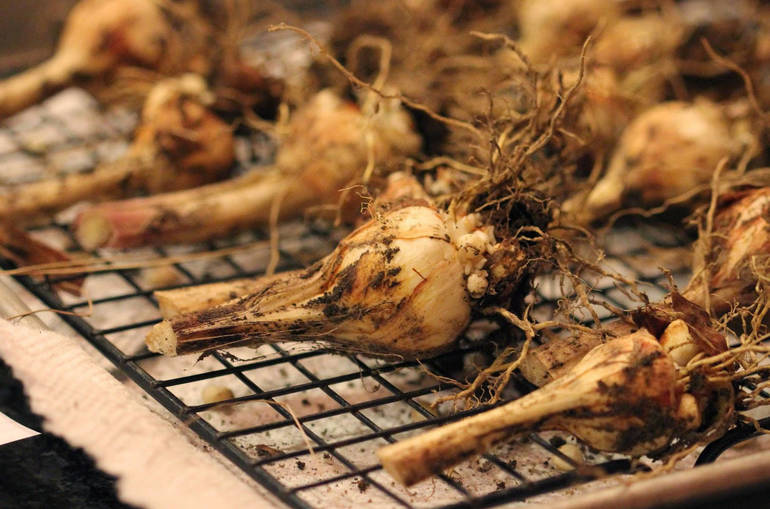
As the roots dry, the tubers can be entered into the basement or cellar, placed in a box. To achieve maximum protection, they can be sprinkled with humus, peat, sawdust or sand. It is recommended to maintain a humidity index of 50-60%.
Throughout the entire storage time you need to constantly monitor the condition of the flowers. Once every four weeks, the root system should be evaluated. If the roots are dry, it is better to spray the soil with a spray. In the presence of rotten areas, you will have to get rid of the affected tubers, otherwise putrefactive processes will quickly appear on healthy tubers. If the lesions are minor, they must be completely cut to a healthy tissue, and then treated with iodine or charcoal.
It is also necessary to inspect neighboring tubers, as it is likely that they are also affected by the disease. In the end, it remains to determine the cause of decay. Often it is associated with a sharp jump in temperature or high humidity. By eliminating this problem, you can successfully save the flowers until spring.
Maintenance in the apartment
Not all growers have a spacious cellar to put their favorite cannons there. In the winter, tubers can be stored directly in the apartment. To do this, use one of the following methods:
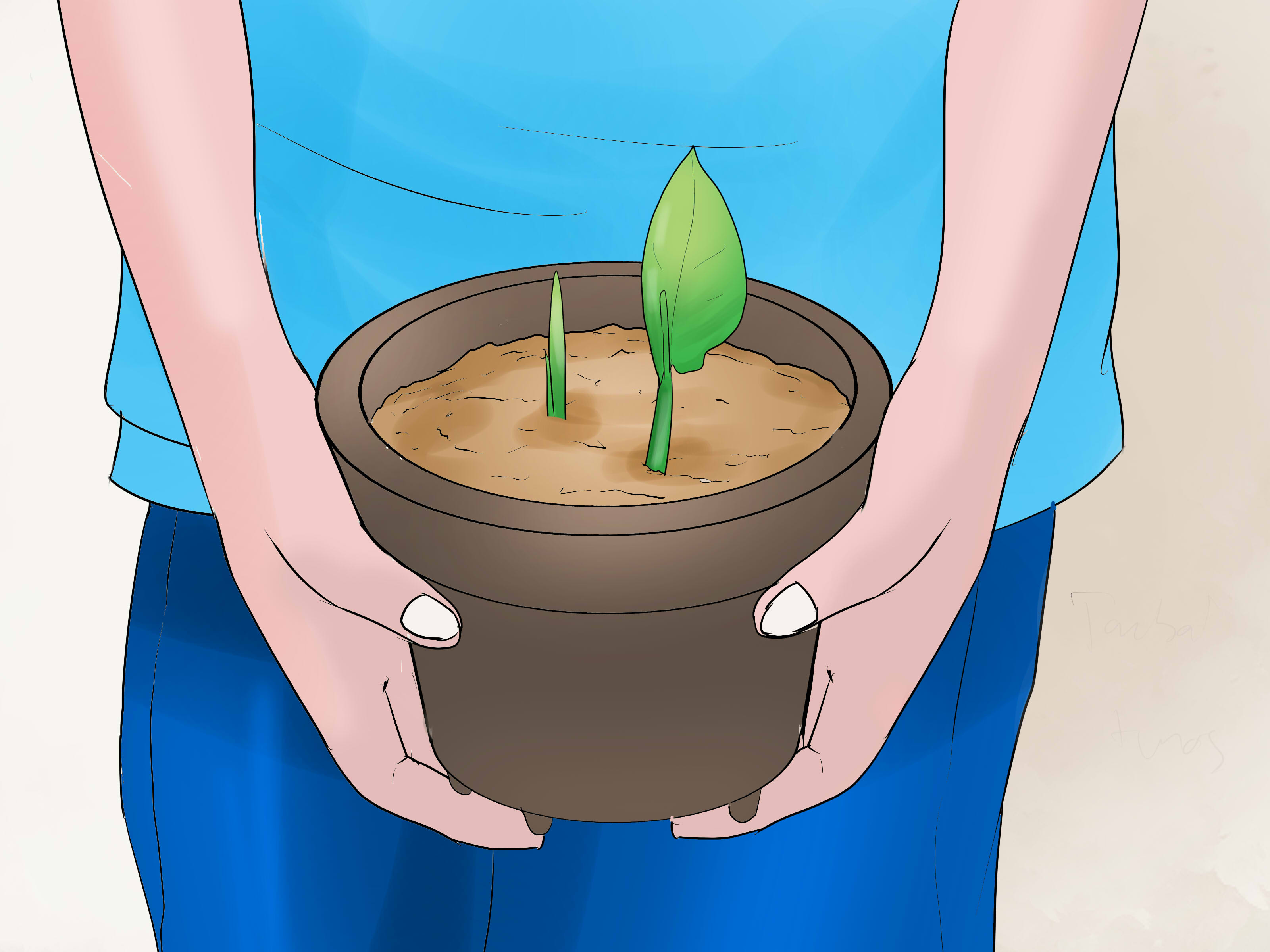
- Storage in pots.
- Cold storage.
- Storage as a houseplant.
If the first option is considered, then it has several differences from storage in the cellar. As soon as the first night frosts begin, the flower needs to be cleaned of dead leaves and dried peduncles, and then put it in a pot of earth. This method is suitable for keeping culture in the attic, closed loggia and even in the apartment.In the latter case, you need to find a cool space, preferably at the balcony door, remote from the radiators. Watering the plant is carried out once in 1−1.5 months.
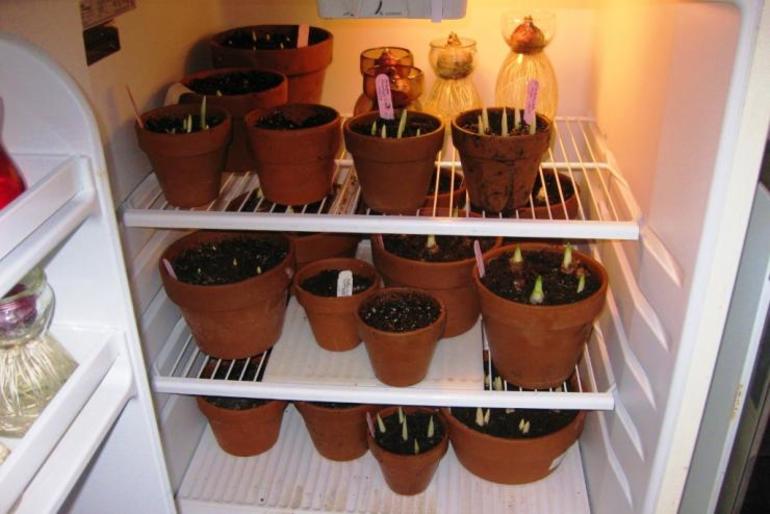
When storing cannons in the refrigerator, you can follow the simple principle of preparation. To do this, cut flowers and stems 5-10 centimeters, and then treat the places of the slices with iodine. After digging up the root system and rinsing with running water, they need to be lowered for a day in a solution of potassium permanganate or a special disinfectant that can be bought at a flower shop.
After 24 hours, the flowers can be removed from the container with the solution, and then dried. After that, they need to be wrapped in a damp newspaper and closed in a plastic container, which should eventually end up in the refrigerator. In the containers you need to make several ventilation holes.
Once a month, it is necessary to open the container and check the root system of the cannon for rot or drying. This method is suitable for owners of several refrigerators or a small number of flowers, since their storage requires a lot of space. In early April, the tubers are pulled out of the cells and prepared for the upcoming planting.
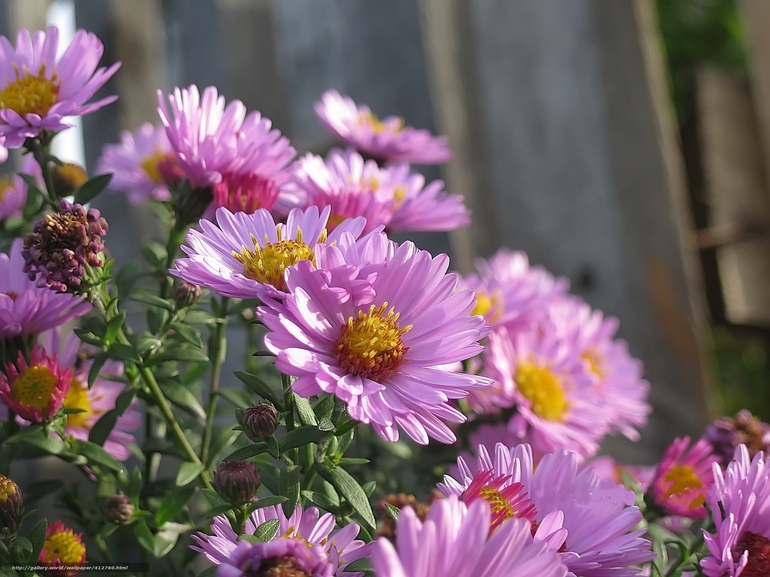 You may be interested in:
You may be interested in:Flower pot
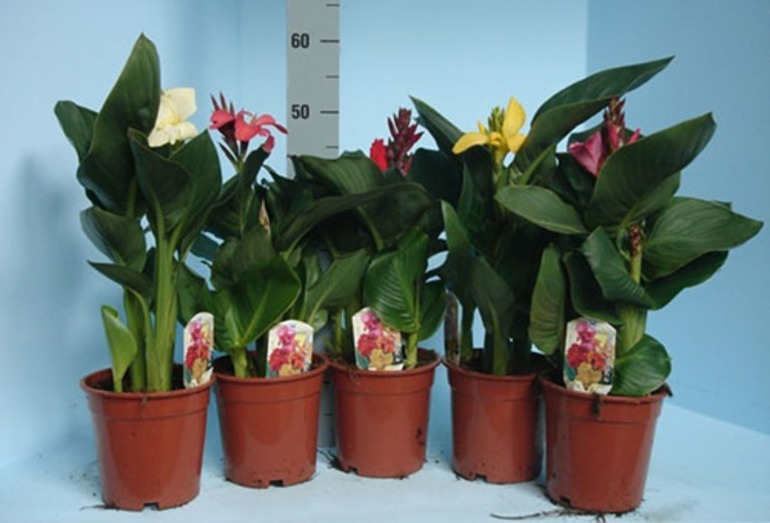
If you want to enjoy cannabis bloom even in winter, you need to place the flower in a spacious pot, and during pruning, get rid of only dry and dead parts of the culture. At the bottom of the container used, it is necessary to place the fertile garden land in which the plant was grown in the summer. You can also prepare a suitable mixture of sawdust, peat and sand, combined in equal proportions.
Culture needs plenty of sunshinetherefore it is better to place it on the south or east window. In this case, the flowering period will last until mid-December. With this method of storage, the flower needs to be watered once a month, and also fertilized with appropriate dressings.
Spring landing
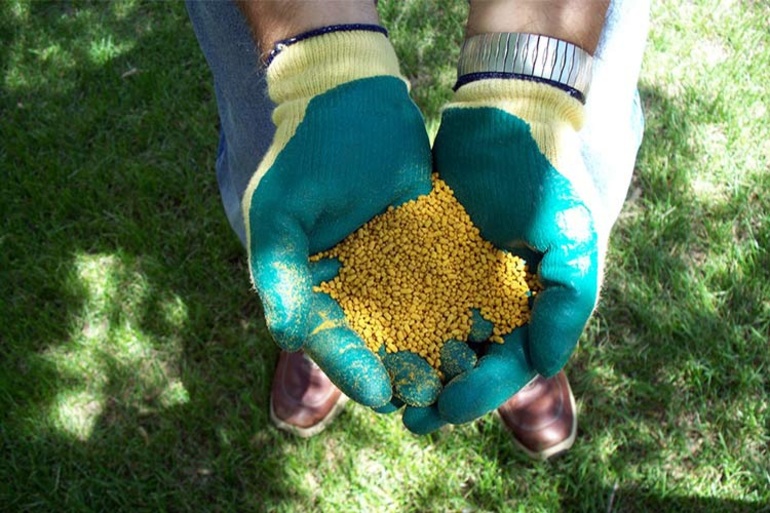
If the flowers have successfully wintered in the cellar or apartment, and the spring season is just around the corner, this means that it is time to begin preparing the plants for planting on the street. If they hibernated in a pot, then in early April they are hardened. To do this, the culture is taken out to the open terrace or balcony, and at night they are put back into the room. When stored in a cellar, basement or refrigerator, the roots are taken out and divided according to the number of new sprouts (each element must have two sprouts or healthy kidneys).
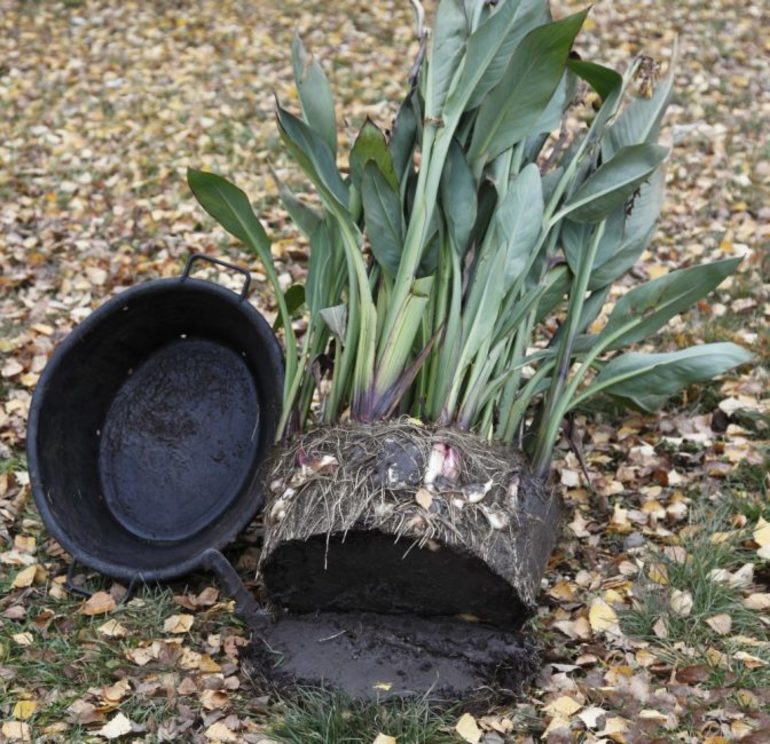
The final cannon move to the open ground occurs at the beginning of the summer season. In order for the flowers to successfully take root in the new conditions and provide the gardener with abundant blooms, when choosing a planting site, preference should be given to slightly shaded or sunny areas with a good fertile substrate.
A hole is dug up just before landing, and then water is poured there. Only after this can you begin to plant a flower. Subject to the basic rules, the lush flowering of a colorful exotic plant will begin in July or August. The time of appearance of flowering elements depends on climate conditions and varietal characteristics.
The process of storing cannes in winter is not difficult. You can save such flowers from frost in the cellar, on a glazed loggia, attic, in a city apartment and even in the refrigerator. There are a lot of opportunities and ways to protect the culture from winter frosts. It remains to determine the appropriate option and begin preparation. Wintering success depends on the correct implementation of the preparatory procedures, the selection of a suitable location and regular inspections. After following all the rules, you can have no doubt in the lush and beautiful flowering when the warm season returns.

